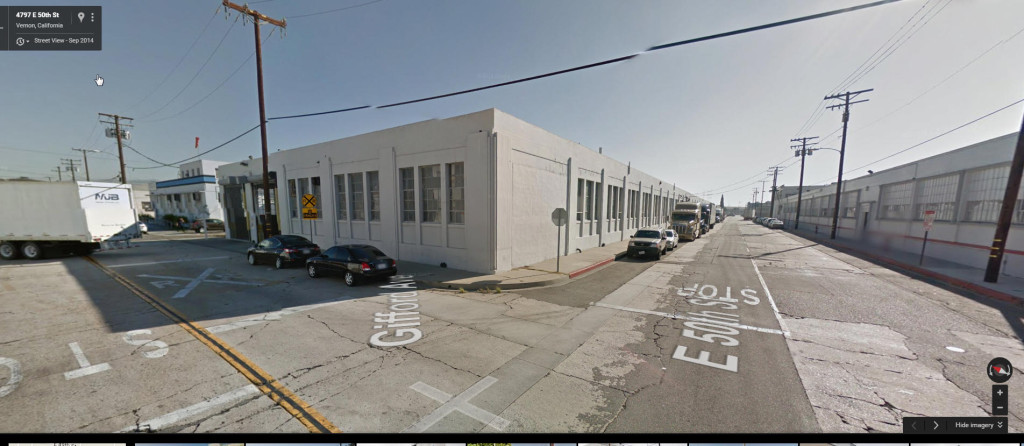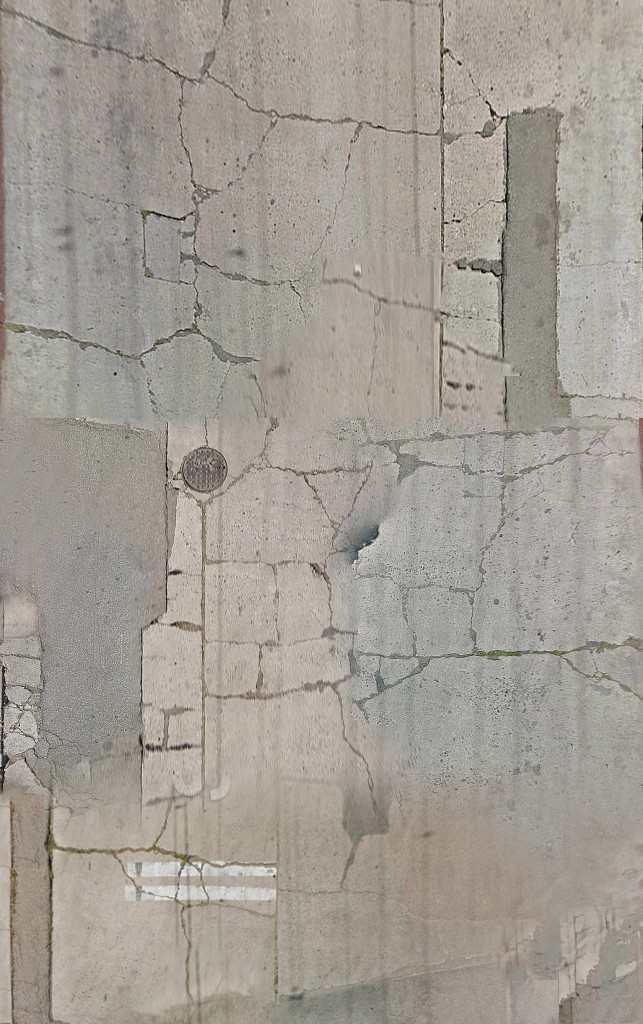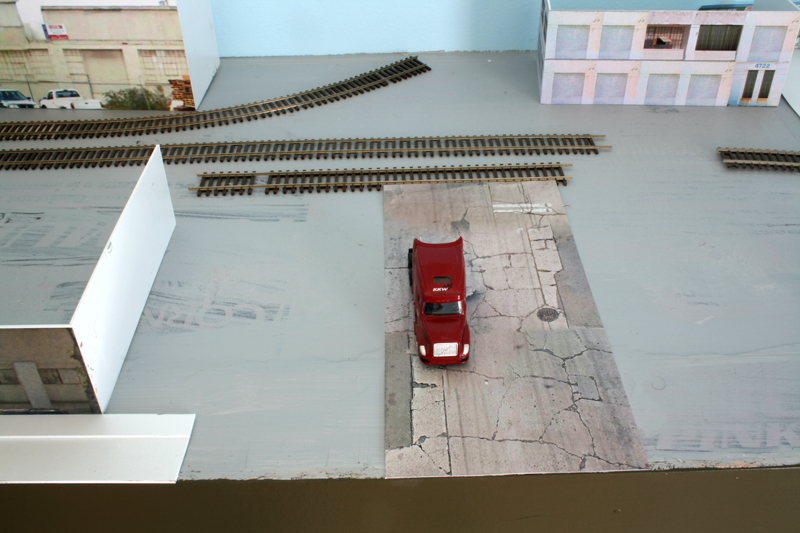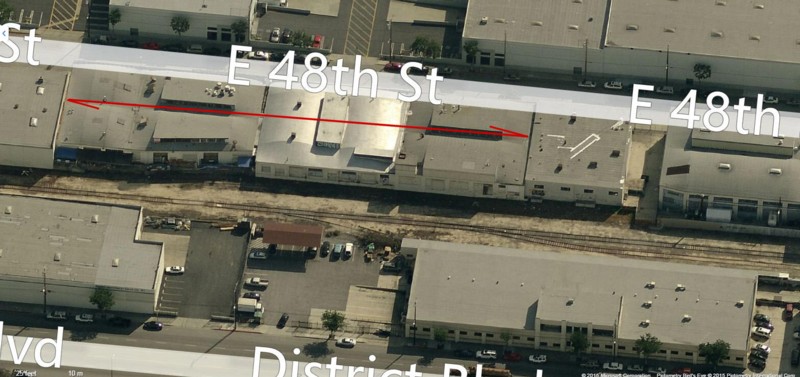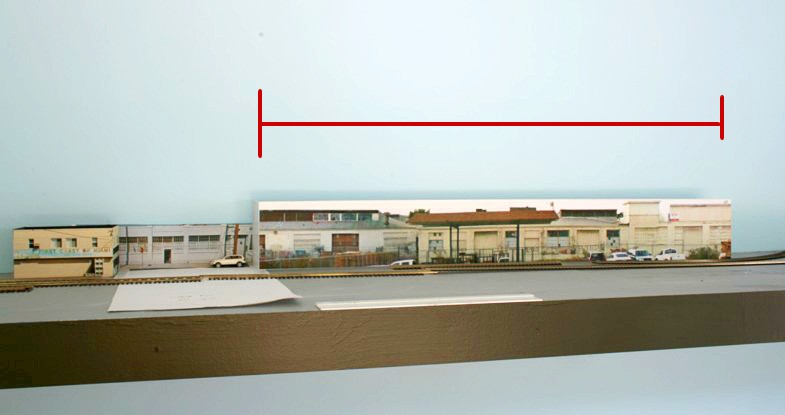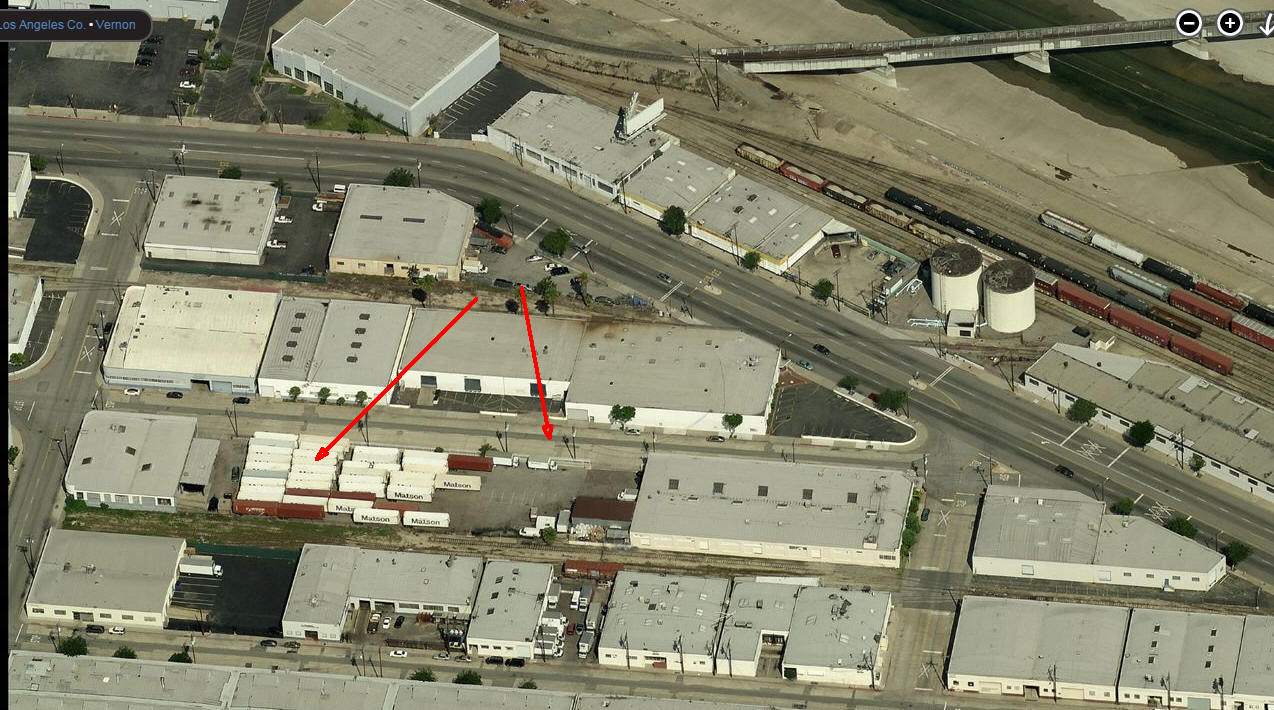Awhile back I was reading an article on architectural design. The author, an architect, made the point that having constraints (budget, theme, etc.) on a project often made it easier rather than harder. The constraints narrowed the focus leading to a more cohesive result.
The same could be said for model railroading. At first glance having unlimited space, time, and money would seem to be a dream situation. You’d quickly find however, that the lack of constraints would likely have you in an endless cycle of mental wandering and indecision.
Lately I’ve gotten a lot of emails from twenty somethings, often married, just starting out in life. Many in the military. Let’s start with the what they don’t have. The supposed negatives in their mind are, in reality, blessings. They don’t have money, nor space, or even skills for that matter since many are just entering the hobby. They can’t drop six hundred dollars on a sound equipped tandem of DCC locos. They can’t drop a grand on a roster of high end freight cars. Even structure kits at sixty or seventy a pop are a stretch. What they do have is enthusiasm, prototype knowledge, the willingness to try new things, and in most cases supportive spouses.
It’s the perfect storm for becoming a master modeler. Since they can’t buy their way out of any problem, they are effectively backed into a corner and have no choice but to learn how to do things the old fashion way. The old fashioned way being defined as actually BUILDING something. If by some odd chance they received a cash windfall it would actually hurt them rather than help because long term the things they could buy would not be of the same quality as what they could make. Rome wasn’t built in a day. Building skills is a lifelong journey but being forced to do so at a young age changes your internal culture, habits, and ultimately your confidence. There two entry points to the hobby, two gateways, the teenager with ZERO money, and the fifty plus person that is financially secure. I see it all of the time. A year after joining the hobby the middle, high school, and college students are significantly ahead of their older peers in terms of modeling skills. To a person they are mostly dead broke and resigned to the fact that if they want an item on the layout they’ll have to make it themselves. The kids are also much less concerned about making mistakes, the subject for another blog.
My advice to the teen or twenty something (or older modeler if they’d listen) would be as follows:
- Embrace the hidden blessing of budget limitations and use the time to develop life long skills.
- Learn to lay mechanically sound, smooth flowing, perfectly tuned track
- Learn to hand lay track
- Learn to solder and do so neatly with no globs or cold points
- Learn to cleanly apply ballast
- Become a master of color selection and weathering
- Learn to lay static grass that actually looks like grass
- Study what a tree looks like and push yourself to model them convincingly (easier said than done)
- Learn to work with styrene in a way that all joints are smooth, tight, free of visible joints, and free of errant glue
- Learn to scratch build structures
- Learn to effectively weather freight cars
- Don’t take your spouse’s support for granted and show that you don’t by keeping the layout presentation (fascia, legs, backdrop, surroundings) at the same quality level as the rest of your home.
- Practice, practice, practice
Assume the mindset that every effort was your best at the time given your skill level when you built it. Don’t get down on yourself or too full of yourself either. Steadily push ahead, live in the present, and enjoy the ride.
